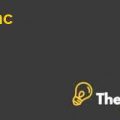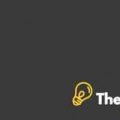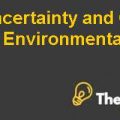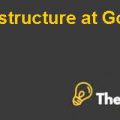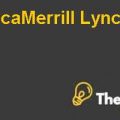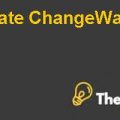ECONOMIC THEORY OF PARADOX OF THRIFT Case Study Solution
Paradox of Thrift
The paradox of thrift refers to the concept proposed by Keynes back in the time.It refers to the activity of the households and public sector, in times of economic downturns or prosperity. Cording to paradox of thrift, people tends to save more in good times, which depicts the healthy functioning of the economy, due to high disposable income people have in terms of savings.This savings leads to Fed to lower the interest rate, in order to motivate people to spend more and lose up the tied cost.The spending thus improves the cycles of economy, and hence continues in the long run.
Also, saving money refers that the businesses and public have enough of cash to run the operations, thus outlining the activity of healthy activity. However, the term paradox is used, because it refers to two confiding statement, yet confiscating with each other under same situation,which cannot be correct at the same time.
Here in the particular statement, Paradox refers two to statements. If the people are saving in the economy, the spending will decrease, which means that the economy will face the losses in the long run.Which is the reason fed reduces the interest rates, so to encourage the businesses and households to spend more,and thus to secure the functions of the economy. This is the particular reason for the success of “sales” in businesses. However, the other statement refers that, if people and house hold saves in the bank, the more the saving, the more the banks have pool of resources to invest in different activities in the economy, thus making the functions stable. Now the conflict arises, if people will not spend more, how the businesses will make profits, and if there are less savings how the banks will invest money on the economy. Due to the particular deadlocks, the statement is named as “paradox”. (Hamm, 2014)
Money that is not consumed will be invested?
According to classical theory or Keynesian theory, “money that is not consumed (savings), will be invested in the economy. Now the question here is if the money is invested in the economy, how it becomes a problem?If people start saving money, the banks will have a lot of loan able funds to loan out in the economy that would increase the operations of the businesses, and thus will benefit the economy. However, there will be a point when the bank will raise the interest rate, due to too many people or household seeking for the bank loans. In such conditions if the bank raises the interest rate, it will increase the risk of default of borrowers in the economy, and thus would lead to financial crisis or economic downturn. In such situation, the role of government emerges, to control the flow of money in the economy and the interest rates, to equalize the supply and demand of money in the economy. The government in such situations again lowers the interest rate which allows the borrowers to payback the loans, and thus saves banks and the economy from bankruptcy. The cycle have direct effect on employment rate, Since the businesses receive the loans at low rates the activity of businesses increases, due to cost saving, making the companies to hire more people, hence eliminating the unemployment. However, if the interest rates increases, the loan payment increases, which pressures the business to shut some of the additional functions, leading to unemployment again. Here, the government itself analyzes the need to lower the interest rate, in order to secure the economic equilibrium, by encouraging borrowers to pay the debt in small amount. The phenomenon, hence supports the classical Keynesian theory.
ECONOMIC THEORY OF PARADOX OF THRIFT Harvard Case Solution & Analysis
Krugman’s Normal line
Krugman proposed the theory that, whenever the trend of saving increases in the economy, the Fed cuts off the interest rates so to encourage the people to spend on low cost capitals, hence increasing the investment in the business, leading to healthy economy. The concept differs from classical fundable theory, which supports the savings in the economy.The theory prospers that, due to high amount of savings in the market, the extents and level of loans increases, which makes the market earn from interest. The more the savings, the more the amount of loan offered in the market. In actual, banks have enough of the resources to invest in the market activities that robust the performance of businesses, and hence the economy stabilizes and sustains at crust position on the pole. (Sarwat Jahan, 2014)......................
This is just a sample partial work. Please place the order on the website to get your own originally done case solution.


